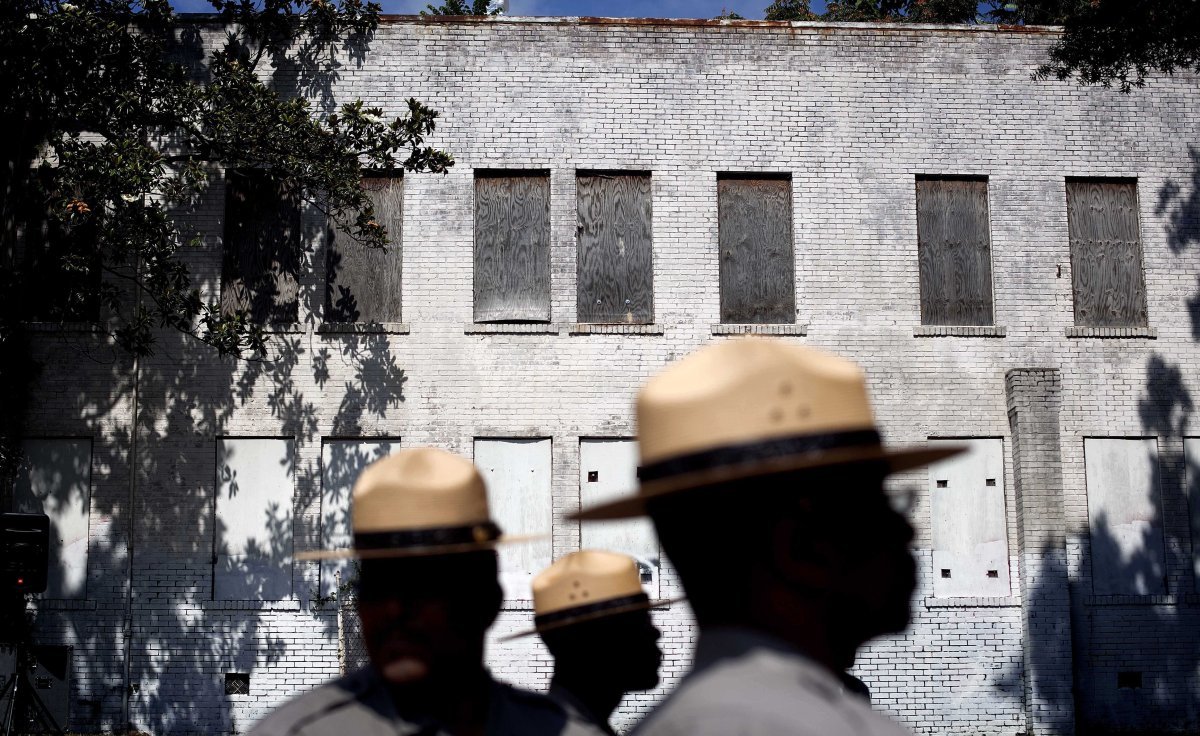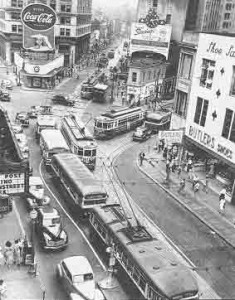Demby, Gene. “Atlanta’s Historic Auburn Ave. Again At Crossroads (PHOTOS).” The Huffington Post. TheHuffingtonPost.com, 6 Feb. 2016. Web. 06 Apr. 2016.
This site focuses on the endangerment of the old neighborhood of Sweet Auburn. Once a thriving neighborhood in the years before the Civil Rights movement, Sweet Auburn is declining in population and it’s buildings are being abandoned. This website tells me that Auburn Avenue was once a thriving financially well off part of town where blacks were segregated into. However after the Civil Rights movement people that supported Sweet Auburn all moved to the west side of Atlanta. This exodus caused Sweet Auburn to decline in financial support enabling it to shut down businesses and become a less popular place to go, besides seeing historical sites. This tells me a once popular neighborhood town has been left in the past and neglected which is now displayed for all to see for those who go down this historical street. This website seemed credible because it’s the Huffington Post and they have been known to give reliable news to the public so I believed this source was credible to use.

Auburn Ave (Neighborhood section)

Atlanta Life Insurance Building (today)

